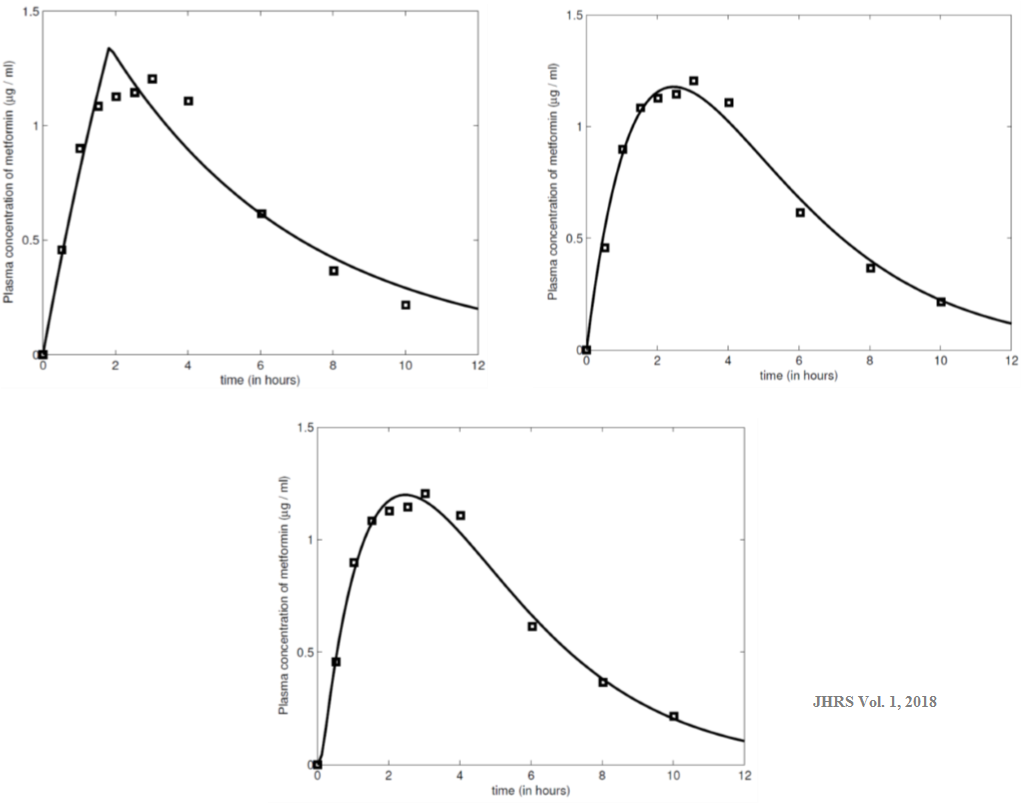A Comparison of Minimal Pharmacokinetic Models for an Anti-diabetic Agent
Abstract
In diabetes studies, pharmacologists rely on statistical techniques tied with experimental results to describe the plasma concentration of an anti-diabetic agent. However, these sets of statistical information only provide minimal inference to the drug’s kinetics. To understand the effect of an anti-diabetic agent to a glucose-insulin system, it is necessary to predict its movement in the system over a specific time interval. In this study, a set of simple pharmacokinetic models was formulated to describe the dynamics of the plasma concentration of an anti-diabetic agent known as metformin. The models were fitted to empirical data via nonlinear regression analysis and were compared using Akaike information criterion to determine the most reasonable model and parameter estimates. The results reveal that models considering varying absorption rate have a promising fit. These models can be extended to multiple drug dosage cases and can be used to estimate rate constants associated to other anti-diabetic agents.
Read full article here.

